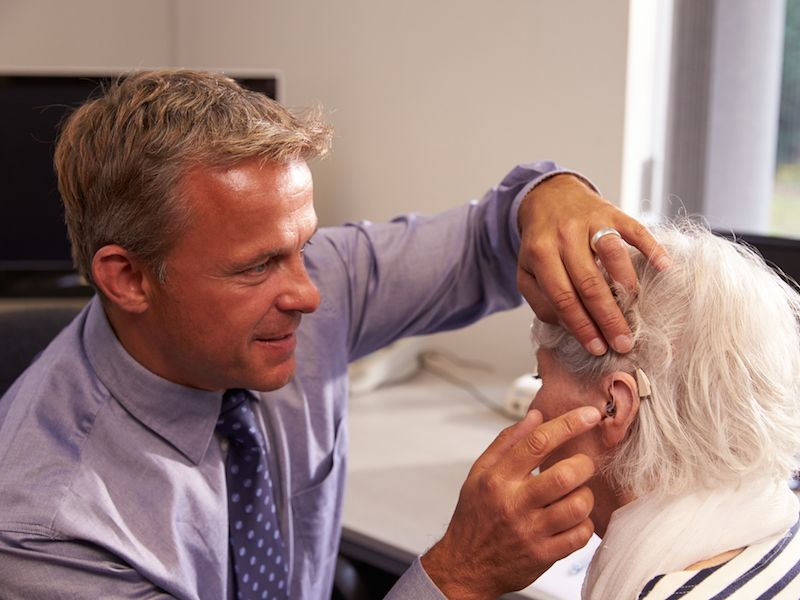
The numbers don’t lie: you may require hearing aids eventually. A quarter of individuals between 60 and 75, according to an NIDCD study, have loss of hearing and for people over 75 this figure increases to 50%. But how can you be sure which model is correct for you when you realize it’s your best chance of combating hearing loss? Hearing aids at one time had issues like vulnerability to water damage and excessive background noise but cutting-edge hearing aids have solved these kinds of problems. But there’s still a great deal you need to know when deciding on a hearing aid to be certain it fits your lifestyle.
Look Closely at Directionality
Directionality is one crucial function you should look for, which is your hearing aid’s ability to focus on the specific noise around you (like a conversation) while reducing background noise to a minimum. One, if not both, of two types of directionality systems are working inside most hearing aids, they either focus in on sound directly in front of you, or they focus on sound coming from different speakers and sometimes do both.
Will Your Hearing Aid Connect With Your Phone?
It’s become very clear, we’re addicted to our cellphone as a nation. Even if you don’t have a smartphone, it’s likely you have a flip phone. And for those few who don’t actually own a cell phone, you likely still have a land-line. So, the way your hearing aid works with your phone is an important concern when you’re looking at hearing aids. How does it sound? Do voices sound sharp? Is it Comfortable? Is it Bluetooth Ready? These are all of the things you should consider when selecting new hearing aids.
Are You Likely to Wear it?
As noted above, hearing aid development has advanced by leaps and bounds over the past few years. One of those advances has been the size and shape of hearing aids, which are much smaller nowadays. Still, there will always be some trade-offs. It is dependant on what your particular needs are. A smaller hearing aid is not as obvious and may fit better but a larger one could be more powerful. You can get a hearing aid that fits right in your ear canal and is basically invisible, but it won’t have many of the features available in larger hearing aids and will be prone to earwax clogs. On the other hand, better directionality features and more advanced sound amplification choices come with a behind the ear hearing aid even though it’s a little bit larger.
Exposure to Specific Background Noises
Wind interference has been an overwhelming issue for hearing aid users since they were invented. It would have driven anybody insane to go out on a windy day and hear nothing except wind. If you’re an outdoors person or you live in a windy place, you’ll want to get a hearing aid that suppresses wind noise so you can carry on conversations at an average volume and steer clear of the headaches that are related to hearing aid wind noises. Searching for more information about how to select the correct hearing aid? Call us.
